Understanding how to choose the right camera lens can be overwhelming, given the variety of lenses and models available.
The selection process becomes even more challenging with lenses spanning different price ranges. Your lens choice is critical, directly influencing your photographs’ image quality and aesthetics.
To simplify this intricate process, I’ve created an interactive Lens Finder designed to assist you in discovering the perfect lens based on your camera and photography preferences.
I recommend reading the article, where you will learn my approach to selecting the right lens.
Next, run the Lens Finder to discover the right lens based on your camera type and photography style.
How to Choose a Camera Lens: 4-Step Approach
The method works by the process of elimination – where you figure out the lenses that you cannot buy and are left with the ones that are great for your purposes.
Let’s get started.
1. Camera Lens Mount Compatibility
One of the critical factors to consider when choosing a camera lens is its compatibility with your camera’s lens mount.
A lens mount is an interface between a camera and lens that allows the lens to be securely attached to the camera body while facilitating communication between the two for functions like autofocus and aperture control. Consequently, most lenses are only compatible with a specific type of camera.
Before selecting a lens, it’s essential to identify the lens mount that your camera accepts. This information ensures that your chosen lens will physically attach to your camera body. Using an incompatible lens can lead to operational issues and potentially damage your equipment.
It’s worth noting that you don’t necessarily have to stick to the same brand for both your camera and lenses. Many third-party lens manufacturers (Sigma, Tamron, Tokina, Rokinon) produce lenses for various branded mounts, such as Canon EF, Nikon F, Sony E, and more. Third-party lenses can often offer excellent optical quality at a lower price point, providing photographers with more budget-friendly options.
For example, if you want a lens for your Canon camera, you can buy models from Canon and Sigma, Tamron, Tokina, and others. But you have to make sure the lens mount matches your camera mount.
However, precision is crucial to ensure full compatibility. When dealing with interchangeable lens cameras, consider forming a connection to a mount.
For example, Nikon and Canon cameras and lenses are generally not interchangeable. While adapters can be purchased to fit a Canon lens to a Nikon body and vice versa, staying within the same mount type is advisable to ensure seamless compatibility.
Even within the same brand, compatibility issues may arise, such as Nikon’s DSLR lenses (F-mount) requiring an adapter to work on the company’s mirrorless cameras. Similarly, Canon lenses may present compatibility challenges between DSLR and mirrorless models.
2. Sensor Size Compatibility in Lens Selection
When you shop for lenses, keep your camera’s sensor size in mind. Lens makers specify crop or full frame cameras in their lens specifications.
You see, different cameras feature different sensors. The main two sensor types are full-frame and APS-C (crop) sensors, where APS-C sensors are notably smaller (by 1.5 factor). This results in a “crop” effect, narrowing the field of view on APS-C cameras.
For example, a wide-angle 24 mm lens on a full-frame camera is a true 24 mm lens. However, on an APS-C format camera with a crop factor of 1.5, that same 24 mm lens acts as a 36 mm lens due to the reduced angle of view on the smaller sensor.
For an in-depth look, see my previous article on the topic: Full Frame vs APS-C Cameras.
When it comes to choosing lenses, the main consequence is in terms of image quality: Full-frame lenses do not perform as well on APS-C cameras as on full-frame cameras.
Note how the sharpness and overall performance of one of the best Canon lenses (24mm f/1.4) are much lower on the 7D Mark II compared to its full-frame 5D Mark IV counterpart.
Take a look at the diagram below:

That’s why I recommend using lenses made specifically for APS-C cameras in these situations; APS-C lenses are generally far cheaper and smaller than their full-frame counterparts, yet they still offer great image quality.
And if you have a full-frame camera, make sure you accompany it with the full-frame lens.
3. Focal Lengths Consideration When Choosing a Lens
Understanding focal length is paramount when selecting the right camera lens, as it significantly influences your photographs’ field of view and perspective.
Focal length is the distance from the lens’s optical center to the camera’s image sensor, expressed in millimeters. It determines how much of a scene the lens can capture and influences the magnification of distant subjects.
Types of lenses based on the focal lengths:
Ultra Wide Angle Lens: With a focal length of less than 16mm on a full-frame sensor (less than 10mm on APS-C), ultra-wide lenses capture expansive scenes, making them ideal for landscapes, architecture, and creative compositions (fisheye lenses).
Wide Angle Lens: 16-35mm on a full-frame sensor (10-24mm on a cropped sensor); wide-angle lenses balance capturing a broad scene and maintaining perspective. They are versatile for capturing interiors, group shots, and primary choice of nature photography.
Standard Lens: 36-70mm on a full-frame sensor (24-50mm on APS-C); standard lenses offer a natural and accurate perspective similar to what the human eye sees. They are suitable for various types of photography, including portraits and everyday photography.
Medium Telephoto Lens: 70-200mm on a full-frame sensor (50-150mm on APS-C); medium telephoto lenses provide increased magnification for subjects at a distance in terms of perspective. They are the favorite lens choice for portraiture photography, fashion photography, and capturing details from a moderate distance.
Telephoto Lens: 200-300mm focal range on a full-frame sensor (140-200mm on APS-C); telephoto lenses bring distant subjects closer, making them a popular choice for wildlife, sports, and candid photographers.
Super Telephoto Lens: Exceeding 300mm on a full-frame sensor (more than 200mm on a cropped sensor), super telephoto lenses are specialist lenses offer extreme magnification for capturing subjects at an exceptionally long distance. They are essential for professional wildlife photographers and sport photographers.
Medium format focal length equivalents.
Prime vs Zoom Lens
When choosing a lens, you’re going to need to decide between two broad categories:
Prime lenses vs zoom lenses.
For an in-depth look, see my previous article on the topic: Prime vs Zoom Lens
Otherwise, just know that prime lenses tend to be cheaper yet offer great optical quality. They’re also smaller and lighter.
Zoom lenses, however, are very convenient. You won’t have to carry three different lenses in your camera bag if you have a good zoom.
Of course, this comes with a tradeoff: If you want telephoto zoom with stellar image quality, you’ll pay for it. So for photographers who favor convenience over price, go with a zoom. But if you’re looking for the best image quality with the lowest price tag, pick a prime.
4. Aperture and Lens Speed
In the realm of choosing the right camera lens, understanding the aperture and lens speed is crucial for achieving optimal exposure and creative control over your photography.
The aperture is a mechanical device (aperture blades) within the lens that regulates the amount of light passing through to reach the camera sensor. Analogous to the human eye’s iris, the aperture widens in low-light conditions and contracts in bright environments, adapting to the available light.
Measured in f-stops, aperture values indicate the size of the lens opening. A lower f-stop number denotes a wider aperture. For instance, an aperture of f/1.8 is considered wide and signifies a fast lens. Fast lenses capture light swiftly, making them invaluable in low-light situations.
Professional-grade lenses often boast wide apertures, such as f/1.2 or f/1.4, but they are expensive lenses, often costing thousands of dollars. They are the primary choice of professional photographers. In contrast, kit lenses with narrower apertures, like f/4 to f/5.6, are considered slower and more budget-friendly, typically priced around $50.
The faster the lens, the more flexibility it provides for adapting to different shooting scenarios.
Moreover, the aperture plays a significant role in determining the depth of field in an image. At their widest opening (larger aperture) or the lowest f-stop (f1.2, f1.4), they produce shallow depth, resulting in a pronounced background blur (bokeh). As the f-stop increases and the aperture narrows, the depth of field expands, allowing more of the scene to be in focus.
In essence, the choice of aperture not only influences exposure (amount of light captured) but also contributes to the artistic aspects of photography, offering control over background blur and emphasizing specific elements in the frame. When selecting a lens, understanding the interplay between aperture, lens speed, and depth of field empowers photographers to make informed choices that align with their creative vision and shooting conditions.
How to Choose the Right Camera Lens for the Type of Photography You Do
When choosing a lens, your final consideration is the genre of photography you like the most and your photography style. In many ways, this is the most important thing to think about.
Let’s take a look at some photography genres and the type of lens they require:
Portrait Photography
Portrait photography lenses need to offer a wide maximum aperture, in order to create a nice separation between the subject and the blurred background. They also tend to be either in the standard (50mm) focal length range.
- Full-frame shooters will appreciate a 50-100mm prime lens, with an f/1.2-f/1.8 maximum aperture.
- APS-C shooters will like a prime lens in the 35-70mm range, with an f/1.2-f/1.8 maximum aperture.
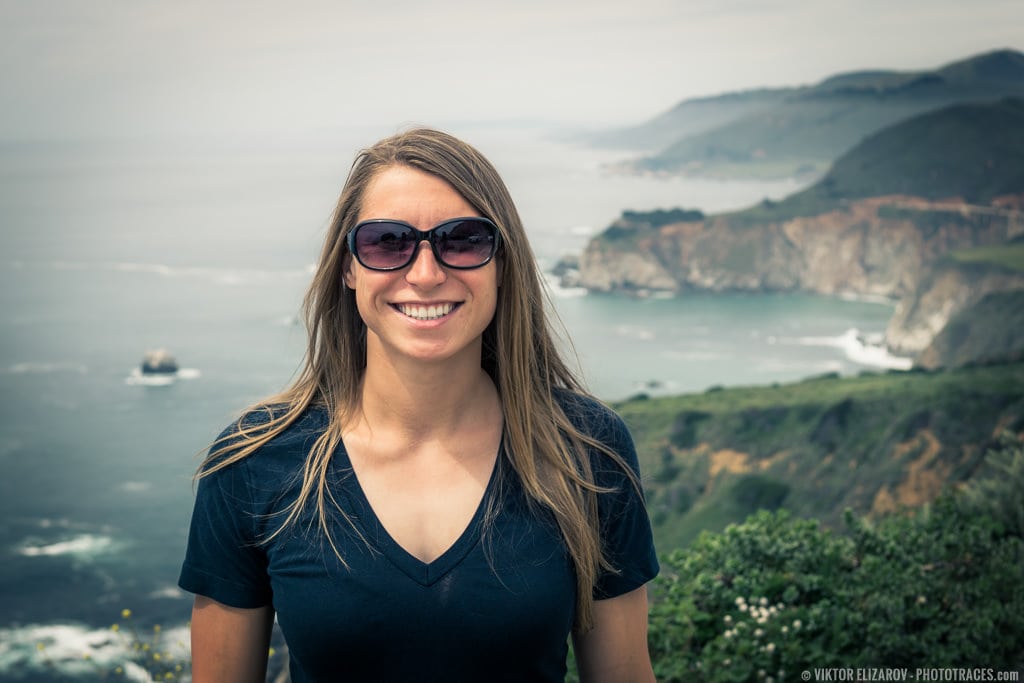
Please note that quality macro lenses make it a good choice for portrait photography.
Landscape Photography
Wide angle lenses are the cornerstone of landscape photography. Pretty much every professional landscape photographer carries a wide angle lens in their bag, so I recommend you start with it.
Landscape photographers generally shoot using a tripod, so there’s no need for wide maximum apertures. And while you can get away with using a prime lens, zooms are much better for landscape photography.
- Full-frame landscape shooters will like a zoom lens in the 15-36mm focal length range, with a maximum aperture of f/4.
- APS-C landscape shooters will like a zoom lens in the 10-24mm focal length range, again with an f/4 maximum aperture.
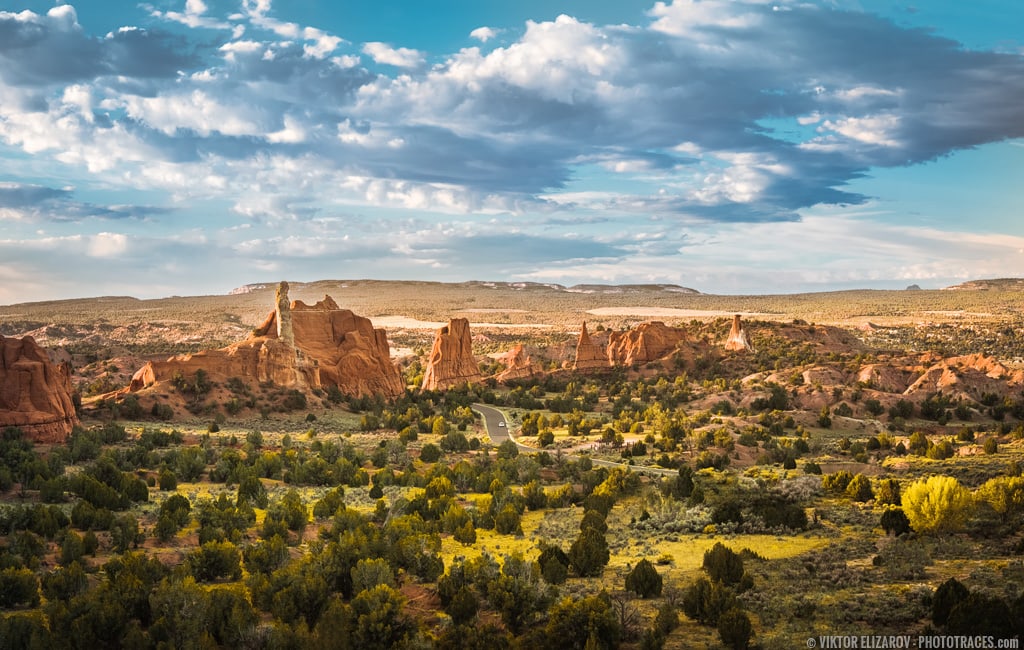
Street Photography
When doing street photography, you will want to keep your gear nice and compact. That way, you won’t attract attention while out shooting. You’ll also want a lens with a wide maximum aperture to deal with many different lighting scenarios.
- If you shoot on a full-frame body, you might go for a prime lens in the 35-50mm focal length range with an f/1.2-f/1.8 maximum aperture.
- If you shoot on an APS-C body, you might go for a prime lens in the 23-35mm focal length range with an f/1.2-f/1.8 maximum aperture.
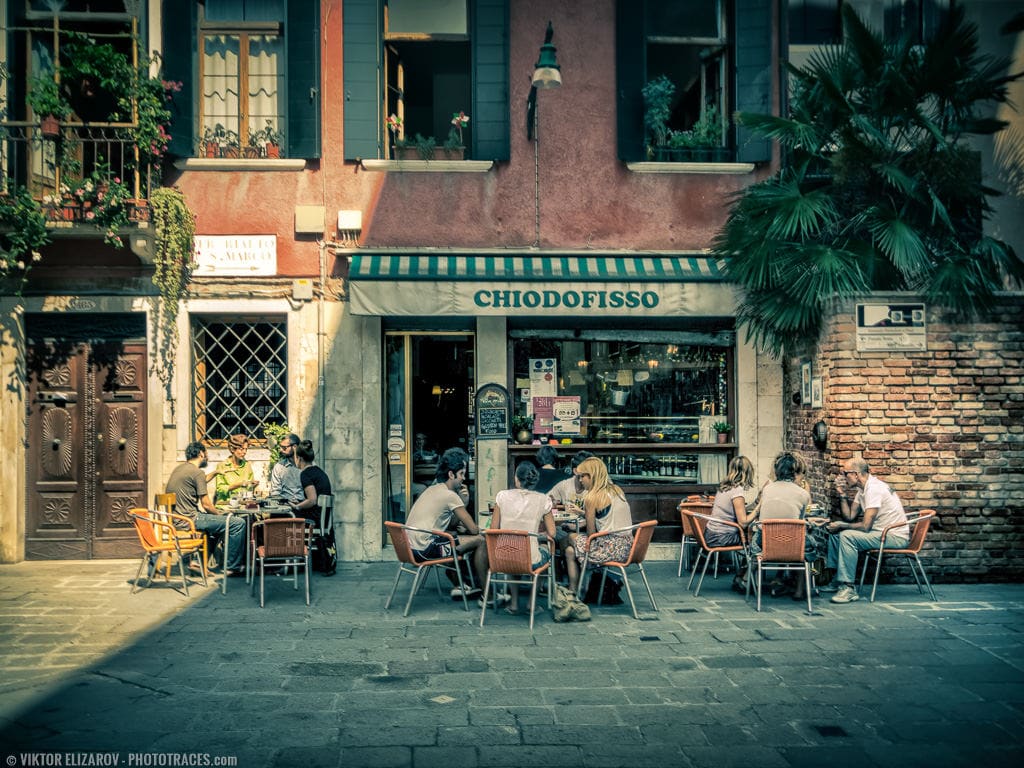
General Family Photography
If you want to be able to shoot indoors without flash, then you’ll need a lens with a wide maximum aperture. You’ll also want to get something with a relatively wide focal length so you can shoot in tight spaces.
- I recommend a prime lens in the 24-35mm focal length range for full-frame shooters, with a f/1.2-f/1.8 maximum aperture.
- And I recommend a prime lens in the 16-23mm focal length range for APS-C photographers, with the same f/1.2-f/1.8 maximum aperture.
Travel Photography
If you’re a travel photographer, you’re going to want one lens that you can use all the time–one that’s relatively compact, and with a zoom range that’s useful for many types of photos (e.g., landscapes, street, even portraits). You’ll also probably appreciate a lens with weather sealing, because the skies don’t always cooperate!
See also: Best Fuji Lens for Travel Photography
Here’s what I recommend:
- For full-frame photographers: A 24-120mm zoom lens with an f/4 maximum aperture.
- For APS-C photographers: A zoom lens in the 16-80mm range, also with an f/4 maximum aperture.
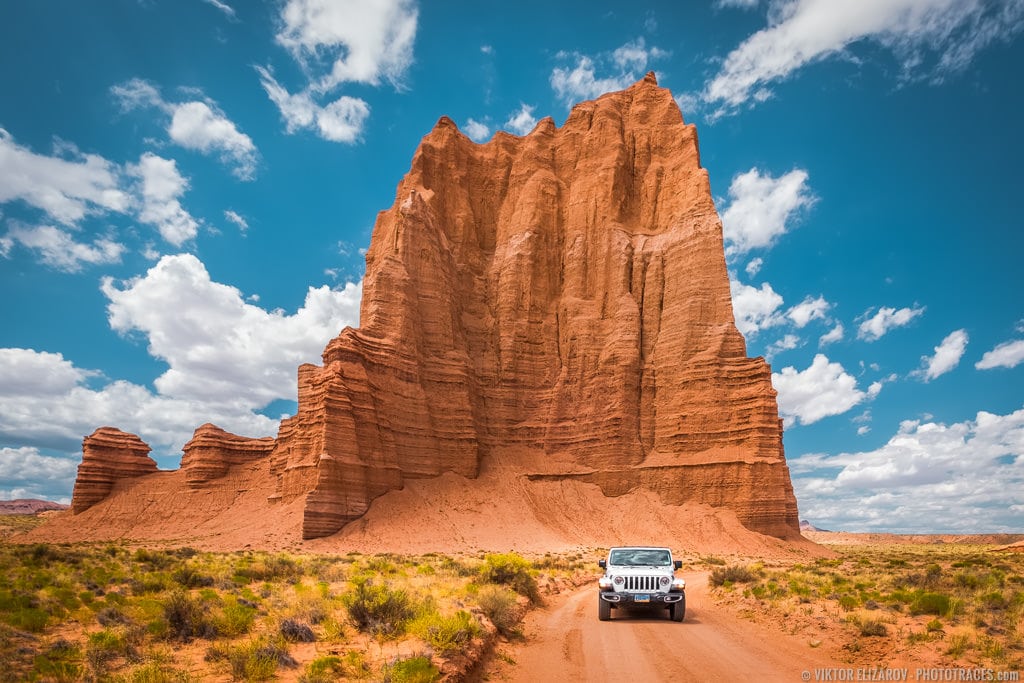
Sport and Wildlife Photography
If you’re a sports or a wildlife photographer, then you’re going to be prepared to spend a lot, because these lenses don’t come cheap. The best sports and wildlife lenses have lightning-fast autofocus, a long focal length, and a wide enough maximum aperture to shoot at dusk, indoors, or in shade. You will need a wide-aperture lens that allows you to use a faster shutter speed to freeze the motion.
A fast 70-200mm zoom will do the trick if you’re an APS-C or full-frame sports shooter. Wildlife photographers, on the other hand, will appreciate something longer: 300mm at the widest, with 400mm, 500mm, or even 600mm offering better reach.
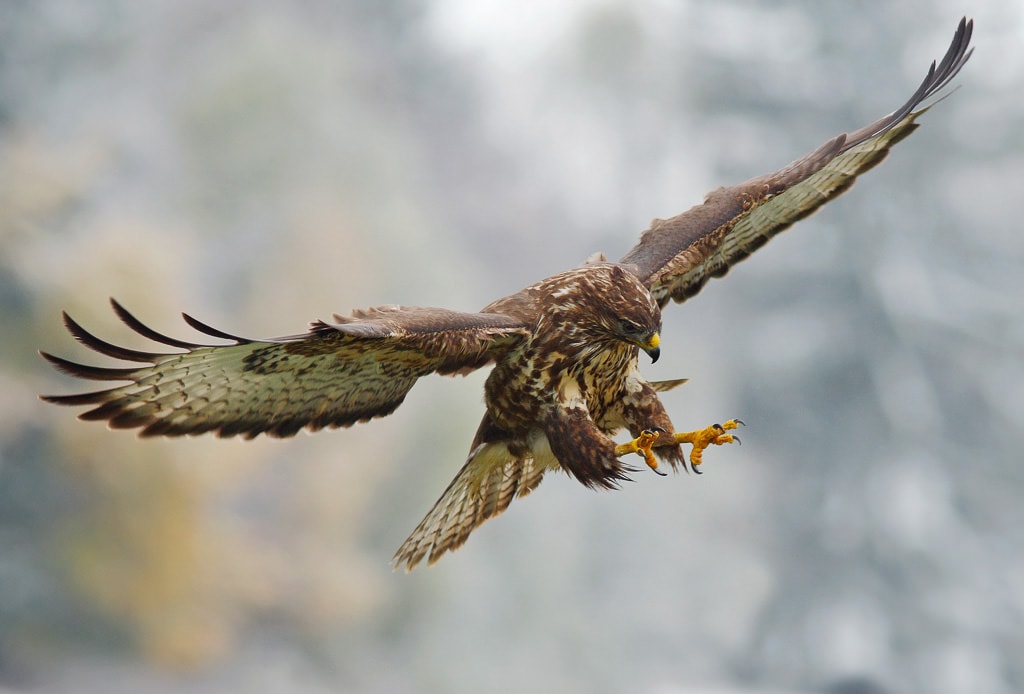
How to Choose the Right Camera Lens: Conclusion
Now that you’ve finished this article, you
should have a better sense of the perfect lens for your needs. Hopefully, the
process of elimination approach has helped you determine the best possible
lens!

